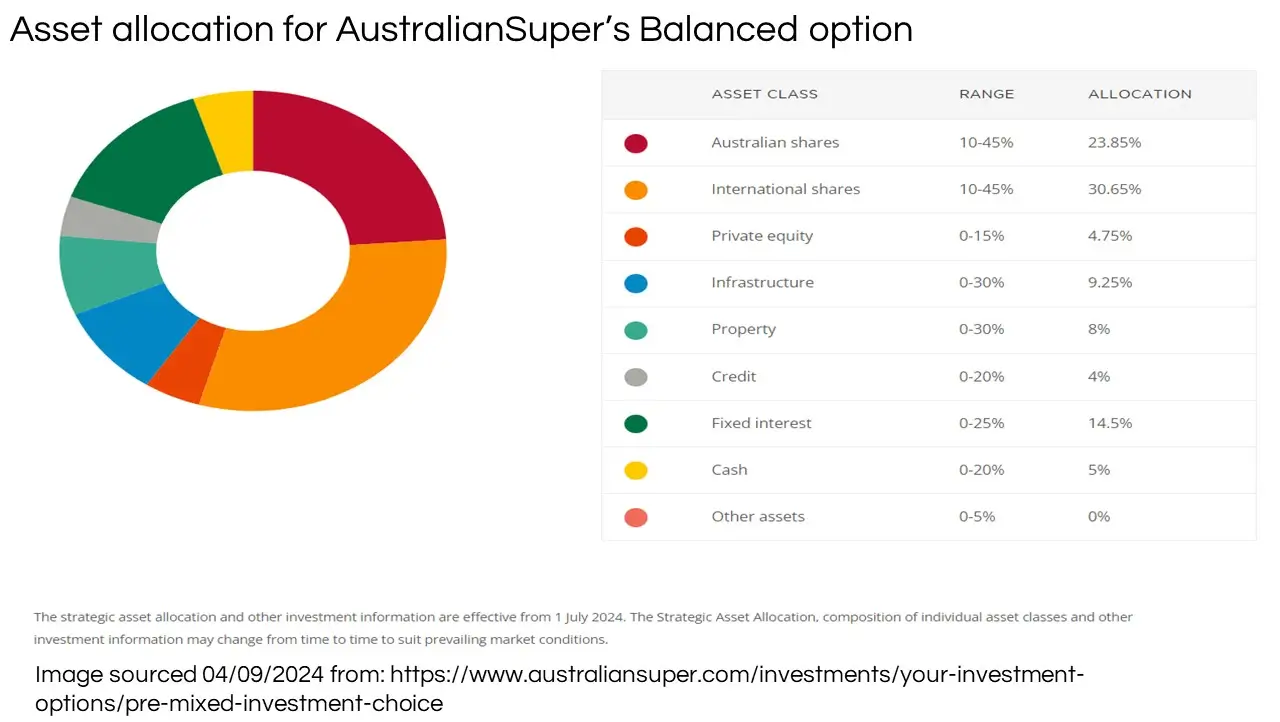Nov 10, 2024
In Australia, as at the time of writing – the current annual cap for contributing money concessionally to superannuation is $30,000 per year.
A concessional contribution to superannuation is a contribution that is generally a “lower tax” than what you may pay if you receive the income and pay tax at your normal marginal rate. Obviously in most cases if you are only earning let’s say $10,000 of income in a year – then it may not be worth it to you as the tax on a concessional contribution is 15% whereas personally if your only income is $10,000 – you will pay no tax. If your marginal tax rate is 30% or higher it starts to make more sense to concessionally contribute to super. Keep in mind things like what your employer already has put in counts to the annual cap and also amounts contributed can’t be accessed until a condition of release is met of superannuation.
If we rewind time back to 2007/2008 – the annual cap for someone aged 50 or less was $50,000 per year and over 50 was $100,000 per year (so quite generous!). Overtime the rules have changed and from 2017/2018 it was just a blanket $25,000 for all individuals. Since then it has slowly increased and is now at $30,000 for the year. All though the rules have changed over time – …


 See
See  See
See 